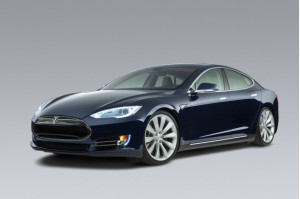Tesla allowed a New York Times auto reviewer to take their Tesla Model-S ($100,000) car for a test drive from Washington D.C. to Connecticut to show off the car and their new network of ‘Super Chargers’. Tesla offered the test during winter because the company was confident in the performance of their all-electric vehicles in all seasons. Unfortunately the reviewer had a difficult time with the car and wound up loading it onto a flatbed trailer just short of his destination.
Musk claimed fraud and produced secretly recorded data logs to show the driver had not followed the manual when it comes to operating the vehicle. The of handling the car and reporting the story (like taking better notes.)
Case closed.
This story probably does little to sway potential buyers one way or the other because it looks like “he said, she said” but there is a lesson here: Know your automobile.
Just because you can drive doesn’t mean you know how to drive every automobile. And every automobile, even of the same make and model, are slightly different. they handle differently, have different needs and requirements and need a drive who understands their systems and how to operate them. If you get behind the wheel of a strange automobile you should prepare yourself for the unexpected surprises which you are likely to experience.
For instance: When your gas gauge registers “E” does your car stop running, or do you know you have a few extra miles left to get you to a gas station? If the road is wet do you know to slow down because your vehicle doesn’t do well on wet roads? How much stopping distance does your vehicle have at 30 mph; 40 mph or 50 mph?
No doubt, if you drive your car every day you know the answer to these questions immediately. But if we asked you the same questions about your neighbor’s car you’d likely have no idea.
Being a defensive driver is not just about your skills at driving a car, but in your understanding of how all automobiles work.

 Live Chat
Live Chat






